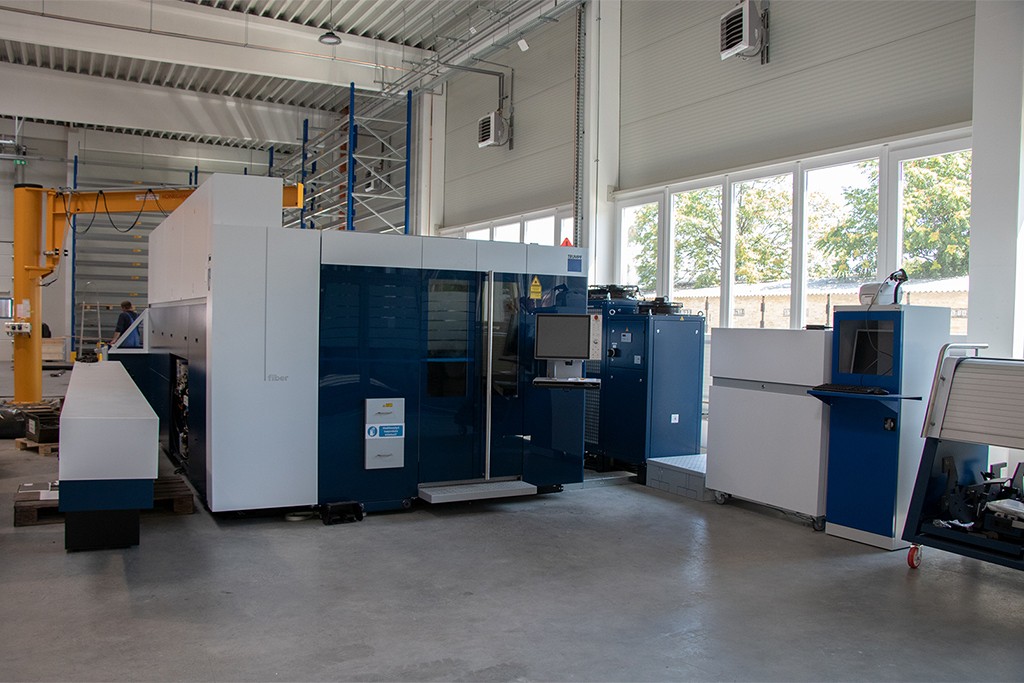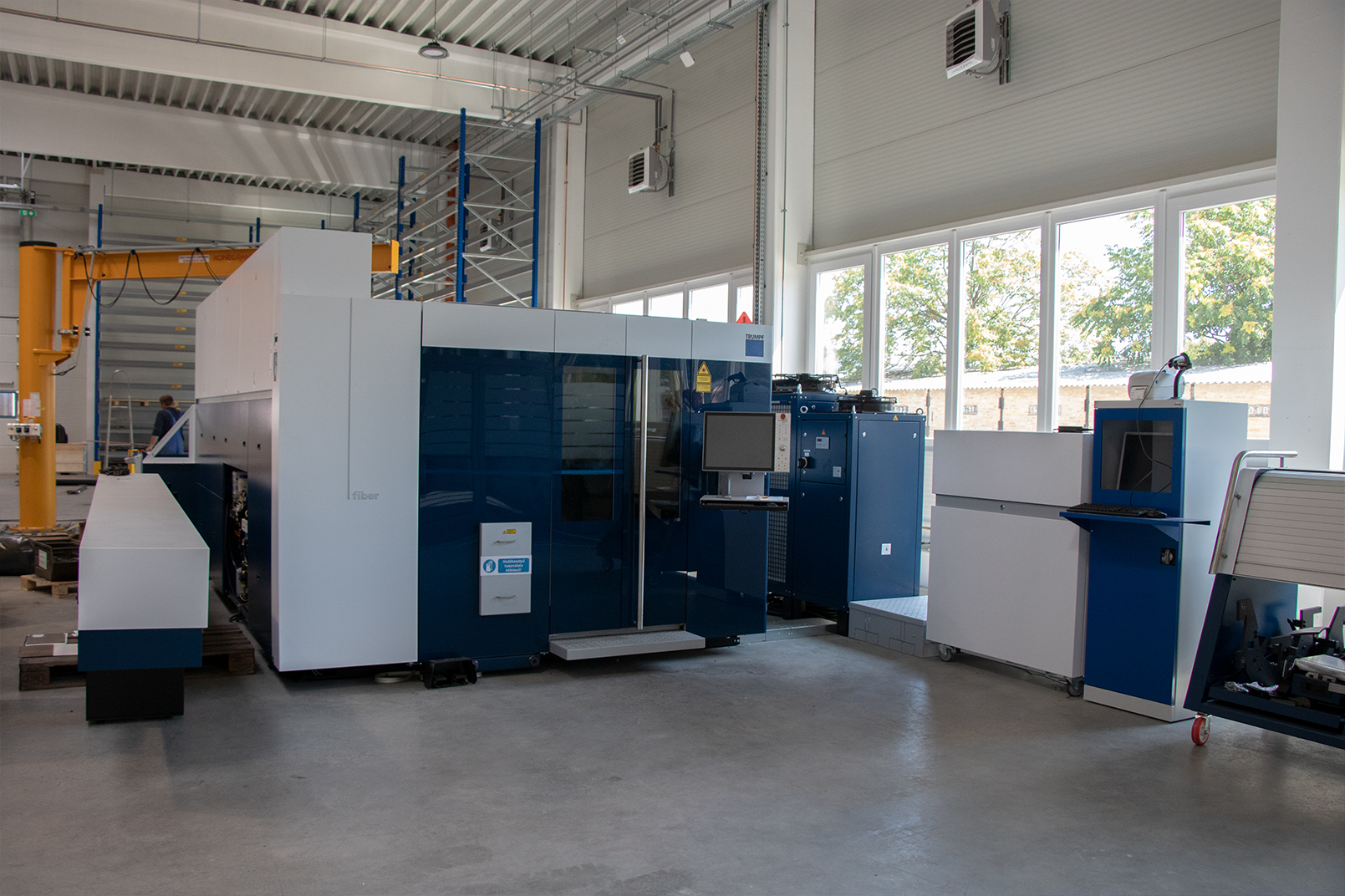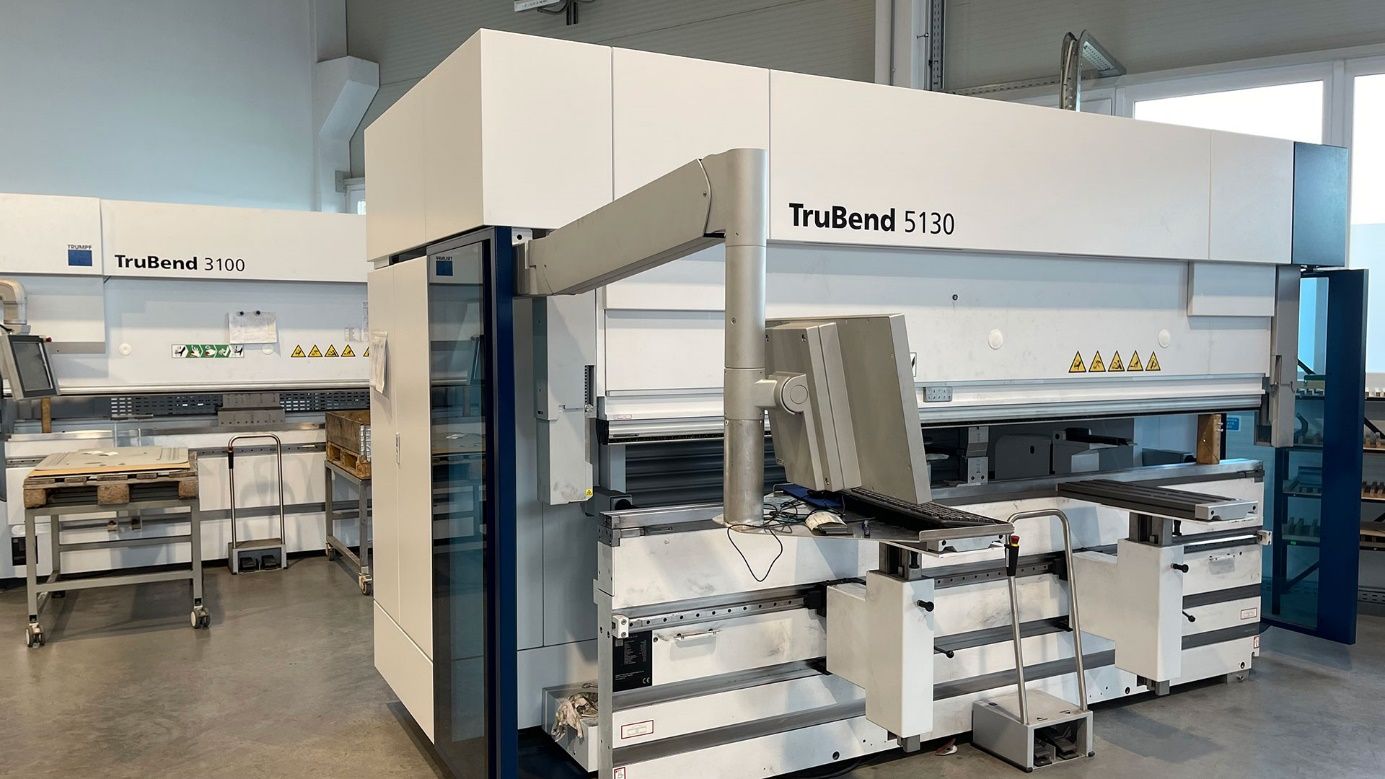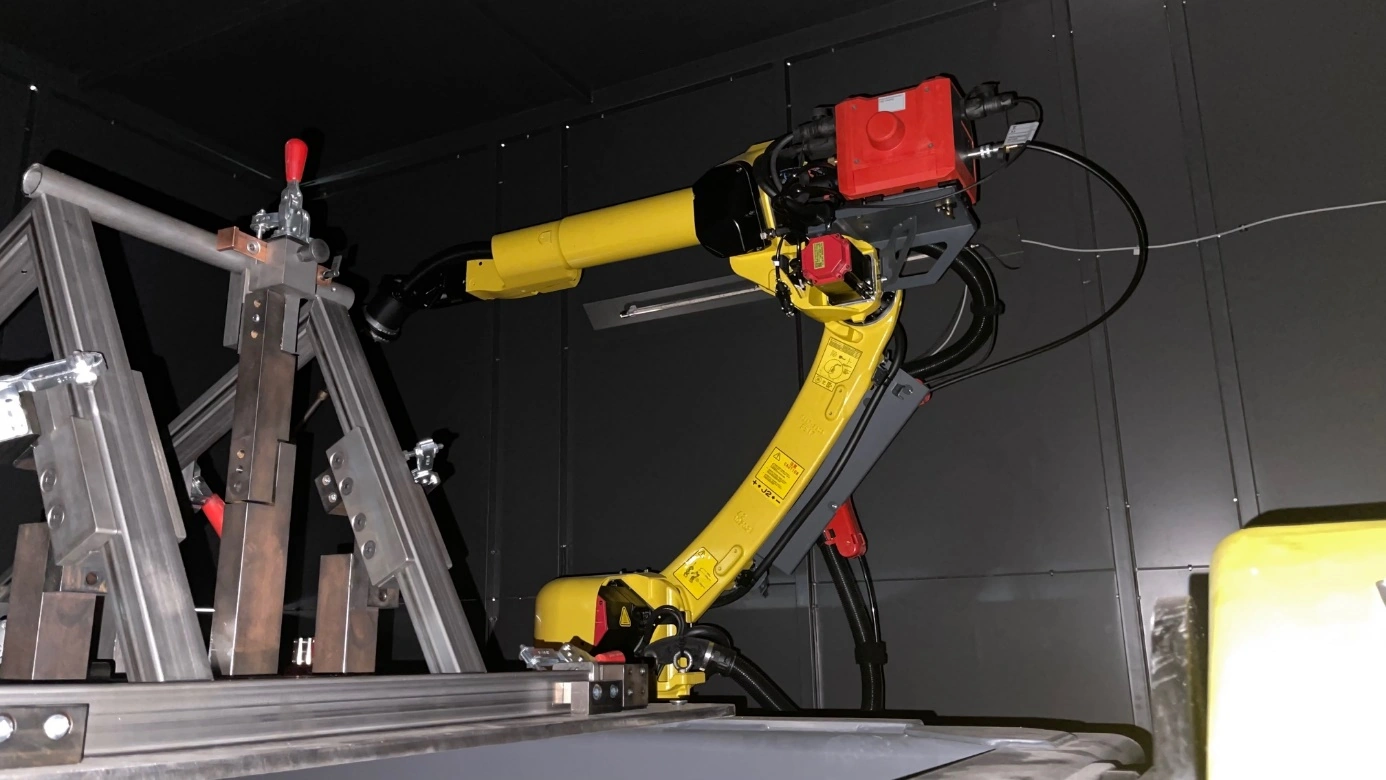Welding It is one of the most decisive material processing technologies, without which modern industry, construction or even vehicle manufacturing would be unimaginable today. Whether it’s building massive steel structures, fine repairs, or even artistic creations, welding is ubiquitous wherever a durable and strong bond is required. In this article, we will introduce you to the The operation and types of welding, the characteristics of the seams, the procedures used, as well as the safety aspects – providing a comprehensive picture of this versatile and spectacular profession.
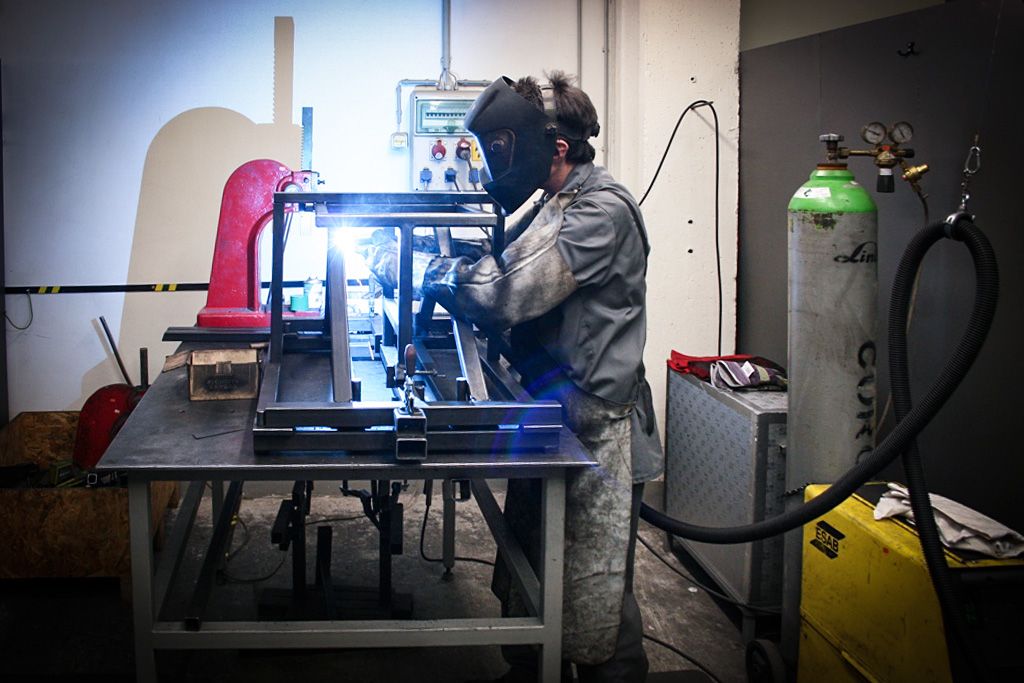
Welding – definition and operating principle
Welding is a process of joining metal or plastic parts in which materials are fused together using heat and/or pressure, sometimes with added material (e.g. rod or wire) to create a durable, mechanically strong bond.
Key features:
- The joint cannot be loosened (as opposed to screwing, for example).
- The materials are partially or completely melted at the site of bonding.
- Heat source can be: electric arc, gas flame, laser, friction, etc.
- If necessary, filler material (e.g. electrode, wire) provides material replacement.
Types according to the mechanism of action of welding
- Fusion welding – materials are melted (e.g. arc welding).
- Pressure welding – mechanical pressure is used to create the joint (e.g. friction welding).
- Melting + pressure – e.g. spot welding, blast welding.
Weld seam – function and types
The weld seam is the hardened material that physically joins the workpieces together during welding. This can be molten metal only from the raw material, or a filler material can also contribute to the melting.
What does the seam consist of?
- Made of raw material: the workpiece itself melts under the influence of welding heat.
- From filler material: e.g. electrode, wire – these also melt into the seam.
The solidified melting zone unites the materials.
Main types of seams
Weld types are adapted to different welding situations and purposes, so it is important to know their characteristics and areas of application.
The blunt seam is used to join the edges of two flat surfaces, often used when joining pipes or plates.
- Corner seam can be used in cases where two surfaces meet at a 90° angle, for example when creating frames or box shapes.
- In the case of the covering seam, one plate is placed on top of the other, this type is mainly used for repairs and joints.
- Vertical or transition seams vary according to their direction, they require a special technique during the welding process.
- The root seam is the first, basic layer, which is particularly important for the load-bearing capacity of the welded structure.
What should a good seam look like?
- Even: wavy but smooth surface
- Continuous: no interruptions
- Blend well: not too convex or too shallow
- Crack and slag free
Quality of weld seams
Weld seams are usually tested (e.g. by ultrasound, destructive tests) to see if they comply with the structural load and standards.
Welding Procedures
Welding processes provide solutions for different technical needs and application environments, each with its own specific characteristics, advantages and disadvantages.
- MMA , i.e. coated electrode manual arc welding, uses an electric arc and a rod electrode; this process is cheap and mobile, but it produces a lot of slag and is less precise.
- MIG/MAG welding works with a wire electrode and a shielding gas (usually CO₂ or argon), is fast and efficient, but requires a gas cylinder and is therefore less mobile.
- The TIG or TIG process uses tungsten electrode and argon, allowing for extremely clean and precise welding, but requires slow and extensive practice.
- Plasma welding offers high precision, is mainly used in industrial environments, can be automated, but at the same time it is expensive and requires special equipment.
- In spot welding , the plates are welded together in a point manner, which is a quick industrial solution, but it can only be used for limited material thicknesses.
- Laser welding is a high-tech method that is extremely precise and fast, but at the same time it is one of the most expensive welding processes.
Tools for welding
To perform welding safely and efficiently, several types of equipment are required, which also depend on the procedure used.
Basically, a welding machine is essential, the type of which depends on the chosen technology (e.g. MMA, MIG/MAG, TIG). The mask, preferably an automatic shield, protects the eyes and face from harmful radiation and sparks. The protective gloves, flame retardant clothing and apron They are also essential means of protection to protect the body. To work safely, it is necessary to Proper connection of the ground wire and the grounding cable.Gas cylinder if the process requires a shielding gas, as in the case of MIG/MAG or TIG. The workpieces are clamped by the welding table and vices, while the use of a grinding machine and a wire brush is essential for cleaning the seam and removing slag .
Occupational safety during welding
During welding, it is of utmost importance to comply with occupational safety regulations, as there are many physical and chemical hazards lurking for the worker. That UV and heat protection are essential to prevent burns, as arc welding emits strong ultraviolet radiation and extreme heat. For respiratory protection It is especially necessary in confined spaces, where inhalation of metal vapors and gases generated during welding can cause serious damage to health. Certain processes, such as plasma welding, involve a lot of noise, so noise protection devices, such as earplugs or earmuffs, is recommended. In addition, fire safety rules must be observed: sparks generated during welding pose a serious fire hazard, so the work area should never be left unattended, and suitable fire extinguishing equipment should always be available.
Materials used in welding
The materials used in welding have different properties, so it is important to take into account the characteristics of the particular metal when choosing a process. The most commonly used material is steel, especially carbon steel, which can be welded well and can be widely used. The stainless steel corrosion-resistant, but requires a special technique; the best results are given by TIG welding. That aluminium it is an excellent conductor of heat, but this makes welding difficult, so the TIG process is also recommended, it requires a lot of experience. That Welding castings It is particularly difficult as it is a brittle material, so it usually requires preheating to avoid cracking. The Welding copper and titanium requires special processes and a high degree of expertise, as these materials are sensitive to oxidation and change their structure quickly at high temperatures.
Where is welding applied?
Welding plays a role in many areas in both everyday and industrial practice. One of the most common uses is Vehicle repairwhere body parts, exhausts or frame structures are being restored. That Industrial Structures, such as bridges, pipelines, tanks, welding, etc., is an essential technology for durability and safety. The locksmith works gates, fences, railings and other steel structures are made or repaired. However, welding can be used for more than just functional purposes: it is becoming more and more common for artistic applications such as the creation of metal sculptures and installations. In addition, it is also a popular technique for home use, DIY and DIY projects, whether it is making small furniture, repairing or creating unique garden decorations.
Our welding technologies that our partners can count on
Innomechanika Kft. With its state-of-the-art welding technological background, it can be an excellent partner in all projects where precise, reliable and industrial-level welding is required. Whether it is the production of individual metal structures or serial production, our company can support its customers in a number of areas:
Robotic MIG/MAG welding
Our company works with a Motofil robotic welding cell, which guarantees uniform seam quality, high speed and accurate repeatability.
This is especially important in series production or in the case of complex parts, where the exclusion of human error is a primary consideration.
3D laser welding (TruLaser Cell 7020)
The TruLaser Cell 7020 enables the laser welding of spatially complex components with extreme precision and minimal thermal impact.
This is an ideal solution for high-precision machine parts and technical equipment, where not only strength but also geometric precision is a decisive factor.
Classic manual welding
Our experienced welders TIGand MIG/MAG process. This is especially beneficial for individual parts, prototyping, or in cases where human tact and adaptation are more important than automation.
- Carbon steel, stainless steel and aluminum welding
- Custom structures, repairs and small series production
- Careful seam design, rework and quality control
Clean, safe working environment
The Kemper extraction system takes care of the extraction of smoke and gas, which provides a healthier, more controlled environment even in confined spaces.
A stable and controlled working environment also improves seam quality, as there is no contamination near the joint.
Precision preparation and post-processing
Laser cutting and bending guarantee precision before welding, while robotic grinding and surface treatment also allow for subsequent aesthetic and functional refinement of the seams.
What welding needs is the service provided by Innomechanikai Kft. ideal for?
- Production of machine structures, metal frames, coverings.
- Small and medium series part welding.
- Precise fitting of complex, three-dimensional elements.
- High-precision joining and machining of metal structures intended for industrial purposes.
Closing remarks – The knowledge that connects us
Welding is more than a technical operation – it is a branch of the profession that requires precision, experience and discipline at the same time. Knowledge of the material, choosing the right process and observing safety rules all contribute to ensuring that the resulting bond is not only strong, but also durable. Whether we use it in an industrial setting or in a home workshop, welding gives us the opportunity to shape our world in creative ways – metal by metal, seam by seam.




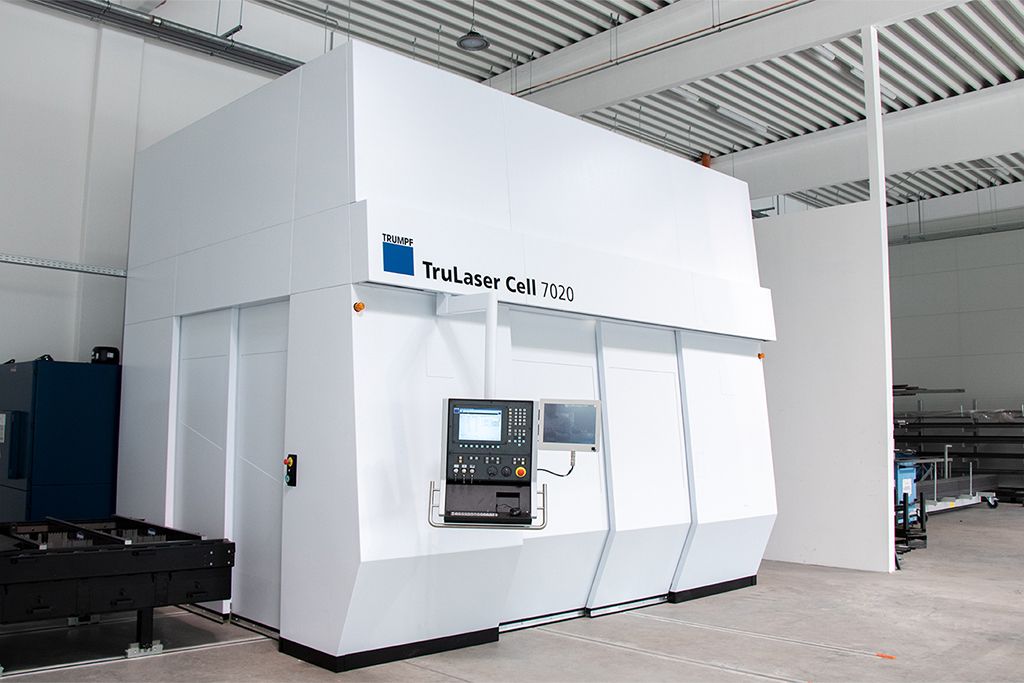
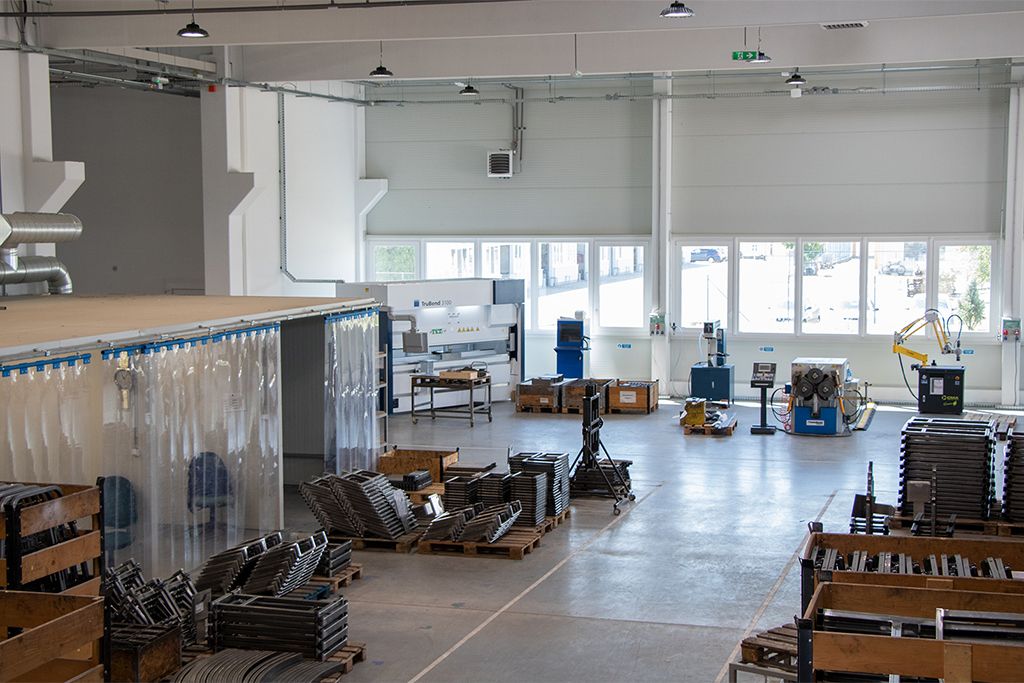
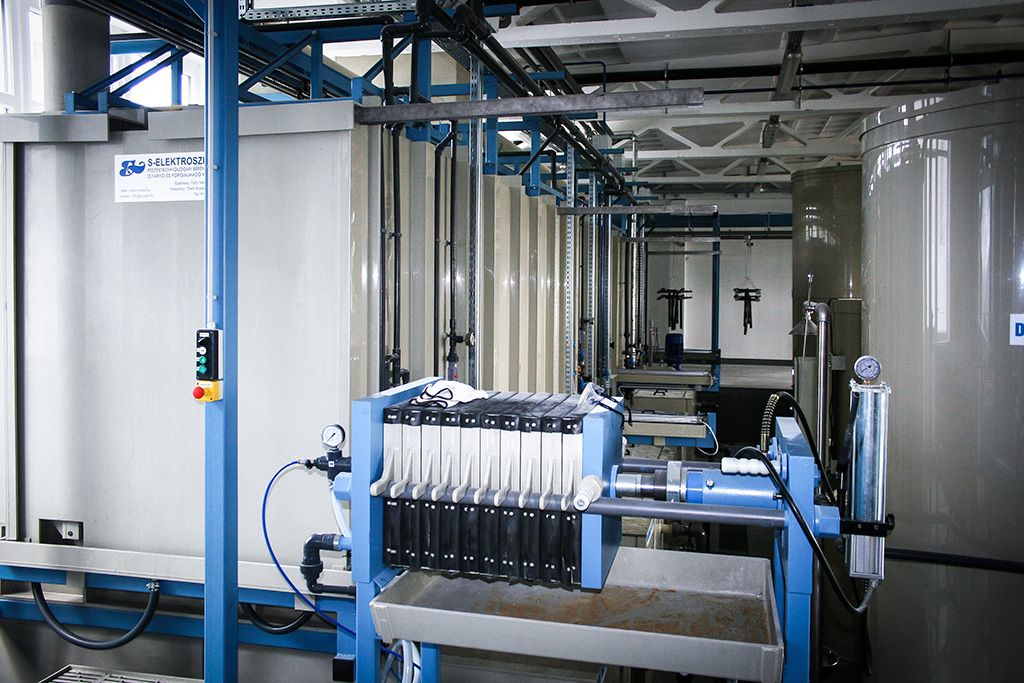
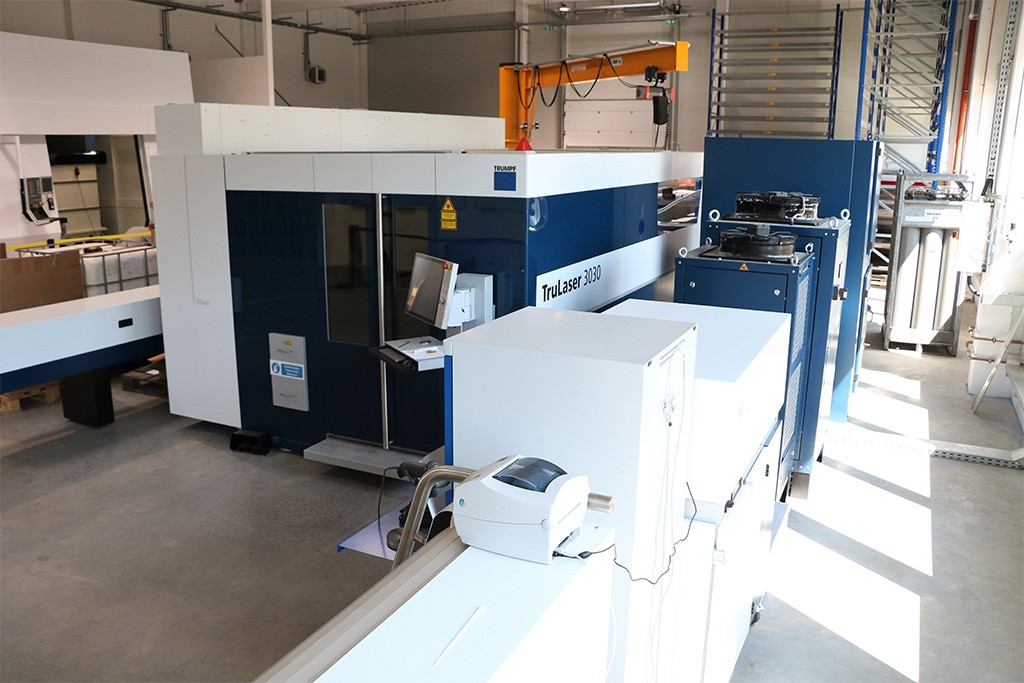
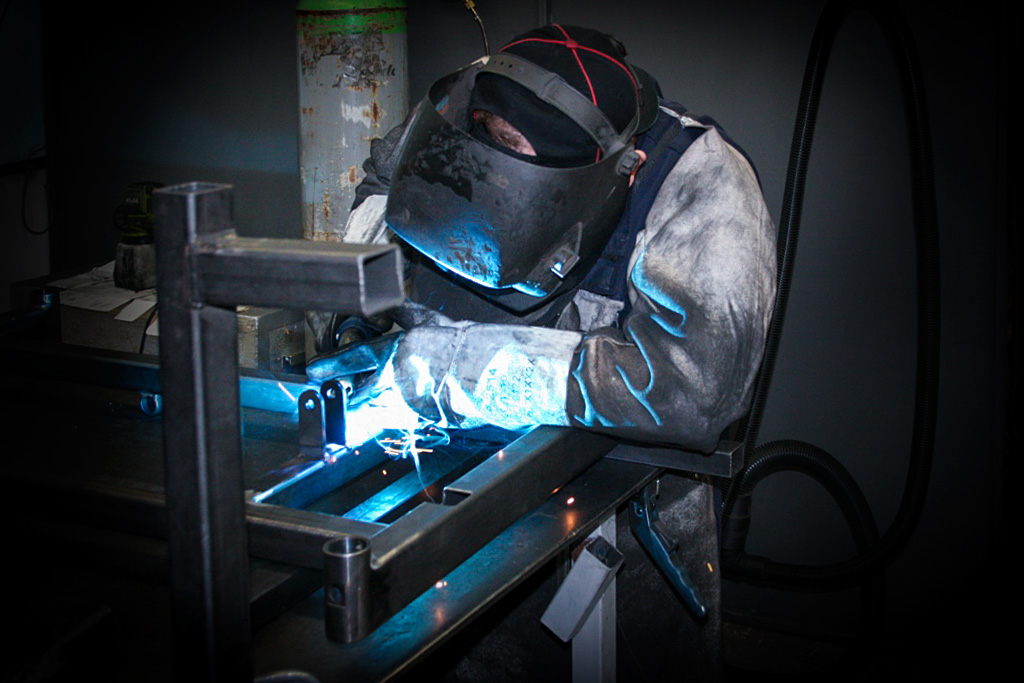
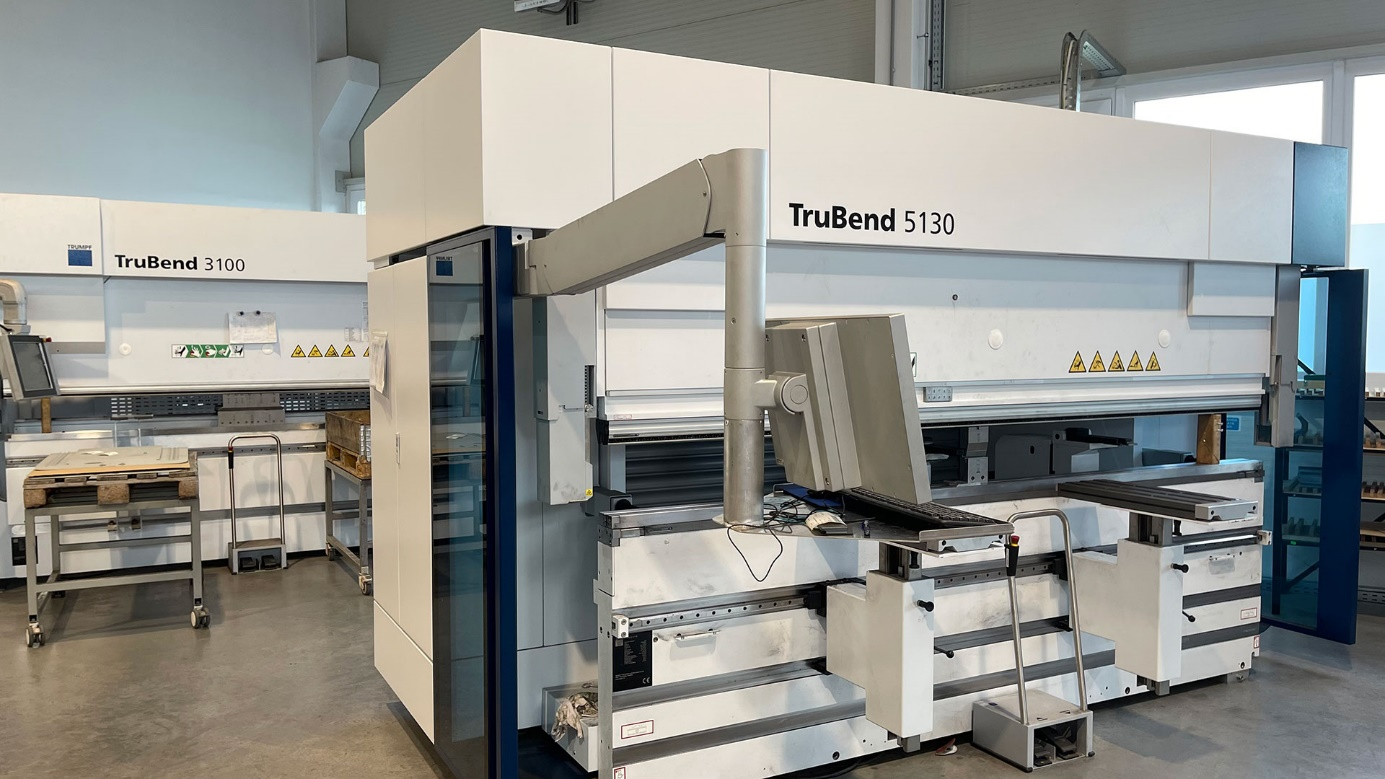
 The most important things to know about 3D laser cutting at a glance
The most important things to know about 3D laser cutting at a glance